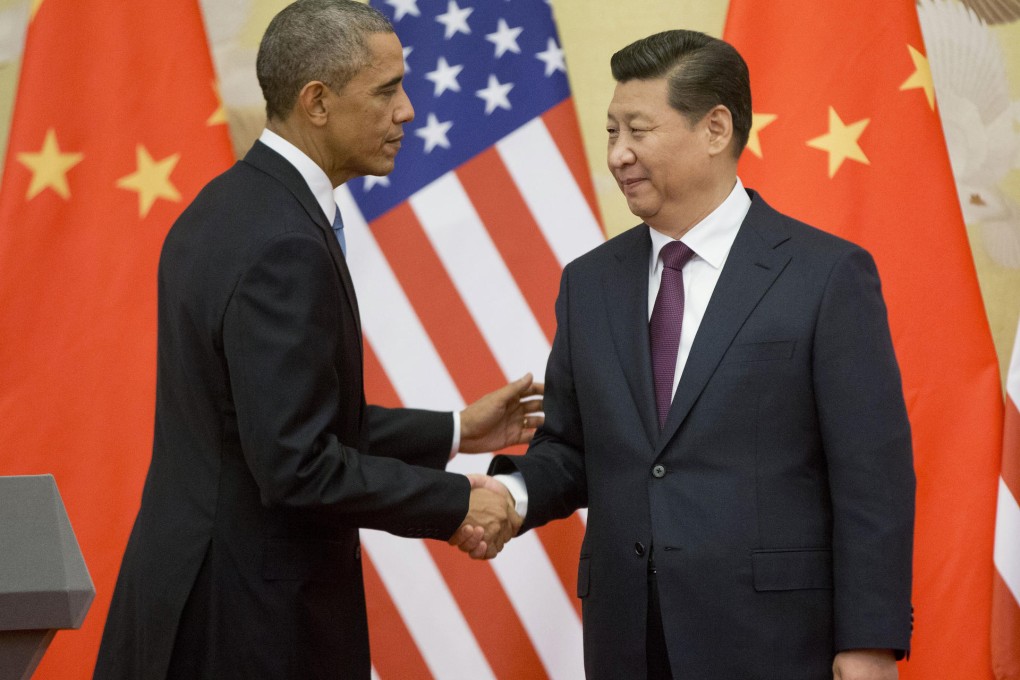How a deal was sealed: behind the scenes of historic US-China climate pact
The US and China last month surprised the world by unveiling a historic pact to cut carbon emissions. Jeff Goodell delves into the political manoeuvring that led to the announcement and rescued it at the 11th hour

As pundits in the United States were last month suggesting beleaguered President Barack Obama should start packing up the Oval Office, he stood beside Chinese President Xi Jinping in the Great Hall of the People, in Beijing, and announced a historic climate deal that may be one of the most significant accomplishments of his presidency. In the works for nearly a year, the agreement unfolded in a series of secret meetings in the US and China and was carried out with the brinkmanship and bravado of a Macau poker game.
The agreement comes at a time when awareness of the risks of climate change has never been higher, thanks to the sobering accretion of extreme weather events around the world. But the prospects for significant action to reduce carbon pollution have never been lower. Which is why virtually everyone in the climate world was stunned when the agreement was announced, on November 12.
Negotiations started in February, when Todd Stern, the US State Department's lead climate negotiator, put in an exploratory phone call to his counterpart in Beijing, Xie Zhenhua. Stern was in Seoul, South Korea, and would soon be joining his boss, US Secretary of State John Kerry, in Beijing for a series of high-level meetings with the Chinese leadership, including Xi. Kerry, long a forceful advocate for action on climate change, simply wanted Stern to see if there was any possibility the upcoming talks might yield a joint public statement on the issue. White House counsellor John Podesta, Obama's de facto point person on climate, agreed it was an idea worth pursuing.
Stern knew that Xie, with whom he has shared many dinners at climate conferences all over the world, was a straight shooter whose goal, like his own, was to actually make progress on solving the climate crisis.
"I made the case that if the deal were done well, and it had enough ambition, it could help to build momentum for Paris next year," recalls Stern. "Xie was interested. But there were obviously a lot of issues to work out. So we proceeded cautiously."
Obama arrived in the White House in 2009 determined to take on climate change. In his first term, he instituted tough new automotive fuel-efficiency standards and pushed through US$90 billion for clean energy in the stimulus bill. But after legislation to limit carbon dioxide pollution failed to pass in the Senate in 2010, climate change seemed to slide down the list of issues that engaged him. That changed after his re-election, when he ordered the Environmental Protection Agency (EPA) to write new rules to govern carbon emissions from power plants and brought in Podesta. Early this summer, those plans took shape when the EPA finally announced its plan to crack down on carbon pollution from existing power plants.
